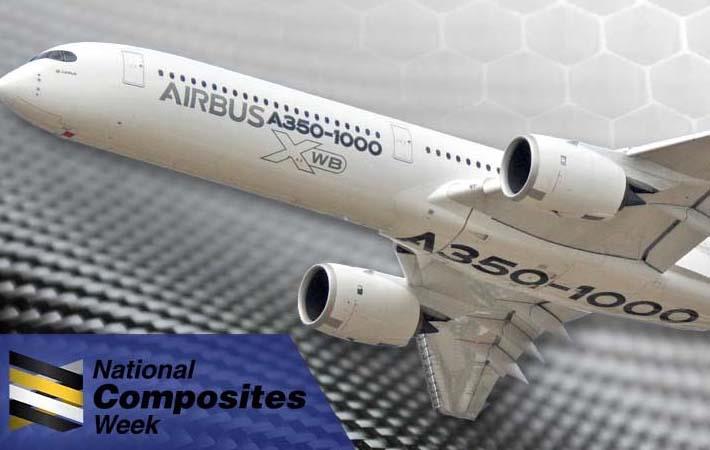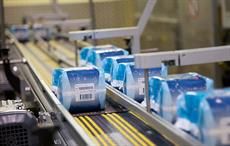Hexcel advanced composites have been helping reduce the weight of aerospace structures while maintaining their strength. The aerospace industry has also experience added benefits such as corrosion resistance, lower required maintenance, advanced sound attenuation (noise reduction), greater design freedom and longer life spans with the use of thee composites.
In a latest development, Hexcel’s HexWeb Acousti-Cap noise reducing honeycomb has enabled aircraft engine designers to achieve superior acoustical performance, including dramatic noise reduction during takeoff and landing without a structural weight penalty. This advanced honeycomb material consists of a permeable cap material embedded into a honeycomb core to create an acoustic septum. Rather than sandwiching this acoustic septum between separate sheets of honeycomb, Acousti-Cap honeycomb is created by inserting a permeable cap into each individual cell of a single honeycomb sheet.Hexcel advanced composites have been helping reduce the weight of aerospace structures while maintaining their strength. The aerospace industry has also experience added benefits such as corrosion resistance, lower required maintenance, advanced sound attenuation (noise reduction), greater design freedom and longer life spans with the use of thee composites.#
This enables designers to keep the panel structure simple and consistent from an acoustic absorption perspective. Another key feature of the HexWeb Acousti-Cap product is the ability to seam the various honeycomb segments forming the blanket using a technology that keeps the seam invisible acoustically. This has been shown to have a significant noise reduction benefit on all engines using it. For the end user, this equates to lower landing fees at airports, improved cabin comfort and a reduction in other acoustic treatments which in turn lowers weight and costs.
Hexcel was the first company to manufacture honeycomb on a commercial scale more than 50 years ago. Honeycomb is used as an inner structural material within most components of nacelles including the inlet, fan cowl assembly, thrust reverser and acoustic liners. Major nacelle manufacturers around the world design their components using Hexcel’s HexWeb HRH-10, HRH-36, CR-PAA and HRP cores.
Honeycomb core is a material that provides added stiffness and strength to sandwich structures with virtually no added weight. Honeycomb for aerospace is made of a variety of materials including fiberglass, carbon, aluminum and aramid mechanical papers. In addition to its structural properties, honeycomb is an efficient energy absorber which can be used for airflow control, sound attenuation and dielectric applications.
Since 1987, the use of composites in the aerospace industry has doubled every five years to the point now where many newer aircraft are made with more than 50 per cent composite materials, such as the A350 XWB and the Boeing 777X. Hexcel composite materials are found in the engines and nacelles, wings and tail assemblies, fuselage, window frames, doors, flooring, and paneling in commercial aircraft. Aircraft such as the A350 and A320neo, and the Boeing 787 Dreamliner, 737 MAX and newest 777X are among are not only lighter and more durable than their predecessors, but also more fuel efficient.
Hexcel’s composite materials have been used extensively for superior strength, stiffness and weight-savings on the Boeing 787 Dreamliner. The 787 Dreamliner was the first commercial passenger aircraft designed with advanced composite materials for the wing, fuselage and empennage primary structure. Hexcel’s carbon fibre structural prepregs, reinforcing fabrics, honeycomb core and engineered parts are used in many applications throughout the 787, particularly in the aircraft’s engines and nacelles, interiors and secondary structures.
The greatest advancement in recent years has been the successful implementation of the carbon fibre fan blade on a turbofan engine. The industry standard has long been titanium fan blades which are strong and, for the most part, corrosion resistant. The problem of these blades is their weight and difficulty in repair, which means higher fuel and maintenance costs. Carbon fibres blades offer a lighter solution to save on fuel as well as a greatly decreased maintenance needs while high toughness resin systems meet impact requirements. (SV)
Fibre2Fashion News Desk – India


